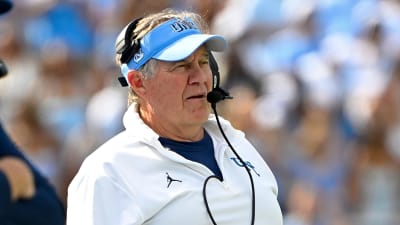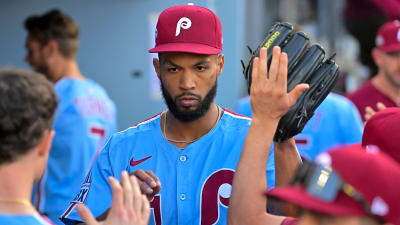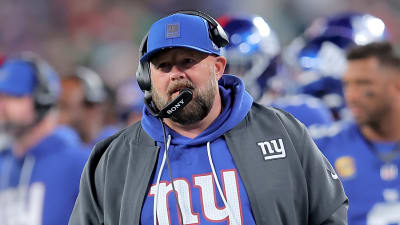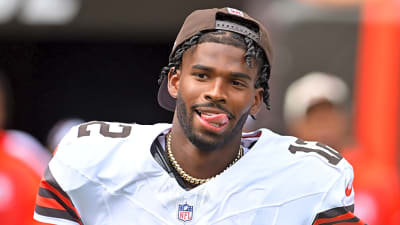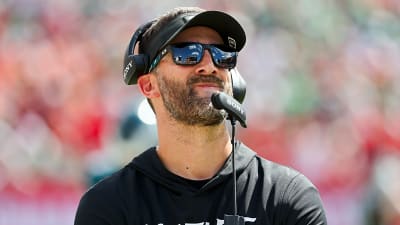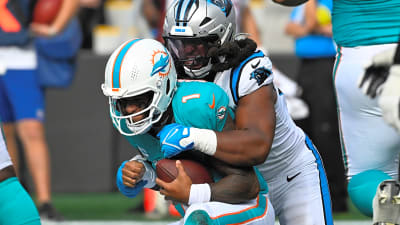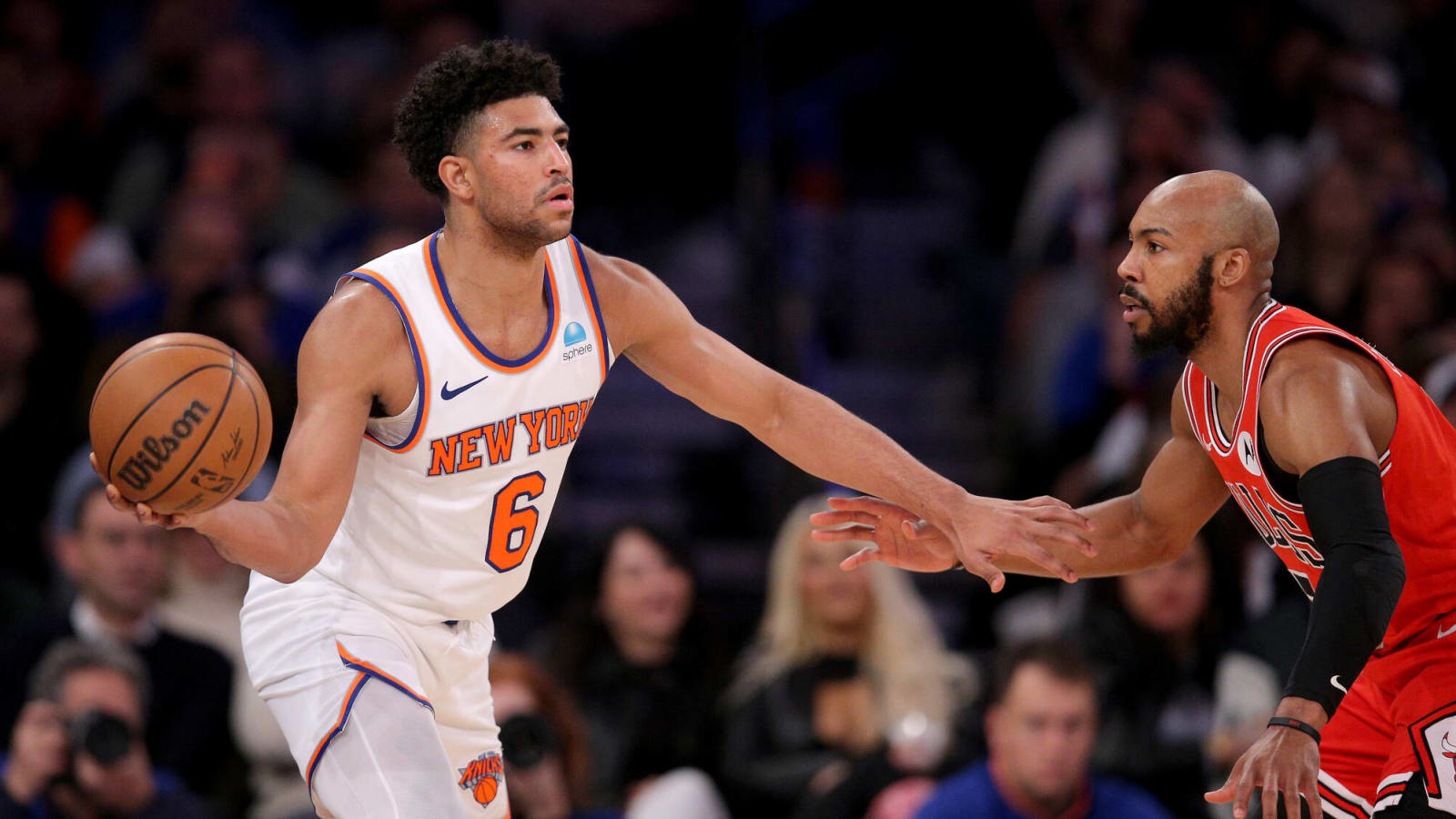
New York Knicks shooting guard Quentin Grimes has filled numerous roles with the team since being selected in the first round of the 2021 NBA Draft. While most of his rookie season was spent coming off the bench, head coach Tom Thibodeau trusted him enough to become the team’s starting shooting guard early in the 2022-23 season.
Grimes’ skill set as a tenacious defender and excellent 3-point shooter was an ideal fit in the Knicks’ starting five. He would help space the floor in their isolation-heavy offense while defending the No. 1 assignment on the opposing team.
It resulted in a breakout sophomore campaign as Grimes averaged 11.3 points per game while knocking down 38.6 percent of his 3-point attempts. Unfortunately, that same impact was not being provided early on in the 2023-24 season.
Grimes spoke openly about his displeasure with how he was being used offensively. He was feeling immense pressure every night because he felt if he missed a shot, it would result in him getting benched. With his confidence disappearing, Thibodeau opted to make a change.
Nearly a year to the day in which Thibodeau adjusted the Knicks rotation to get on track last season, he made another starting five change. This time it was Grimes heading to the bench and Donte DiVincenzo stepping into the starting five.
Right away, Grimes looked to be more comfortable with the second unit. The ball was in his hands more, resulting in more confident plays being made. His 3-point shooting stroke came back and he was attacking the opponent’s closeouts, creating easy opportunities for his teammates to score the ball.
As a reserve, Grimes has seen his numbers increase across the board. He is averaging 8.3 points, 2.2 rebounds, 0.9 assists with 11 steals and two blocks in 16 games. Most importantly, his efficiency is up, as he is making 44.2 percent of his shots overall and 43.2 percent of his 3-pointers.
While his playing time overall off the bench is lower, that is something else that has seen an uptick recently. Many people have looked at the blockbuster trade the Knicks made with the Toronto Raptors as an Anunoby deal, you can essentially include Grimes as a player acquired in the trade.
With Immanuel Quickley and RJ Barrett heading north of the border, minutes opened up on the wing and in the backcourt. Grimes has played at least 18 minutes in four out of the five games since the trade, with the only exception being the blowout against the Washington Wizards.
The 18-minute mark was one that Grimes reached only three times in his first 11 games off the bench. He is making the most of the extra playing time, as the Houston product has been playing at a high level during the team’s winning streak.
Quentin Grimes in his last 5 games:
— (@OwnHimBrunson) January 10, 2024
12.0 ppg
3.4 reb
1.2 stl
45.2% FG
45.2% 3FG (on 6.2 3PA)
100% FT pic.twitter.com/7CzXxirNV0
With Quickley gone, the Knicks need other players on their bench to step up and try to replace the production he provided. Grimes is one of the players who have answered the call, averaging 12 points while connecting on an elite 45.2 percent of his 6.2 attempts per game from 3-point range.
Still providing excellent defense on the other side of the court, this version of Grimes is exactly what the Knicks were hoping to see in Year 3. It took a slight change to his role to bring it out, but they are happy it has arrived as he is an integral part of their second unit.
More must-reads:
- Russell Westbrook deserves to finish career in a Thunder uniform
- Celtics' Joe Mazzulla has one clear goal heading into new season
- The 'Team USA men's basketball coaches' quiz
Breaking News
Trending News
Customize Your Newsletter
 +
+
Get the latest news and rumors, customized to your favorite sports and teams. Emailed daily. Always free!

